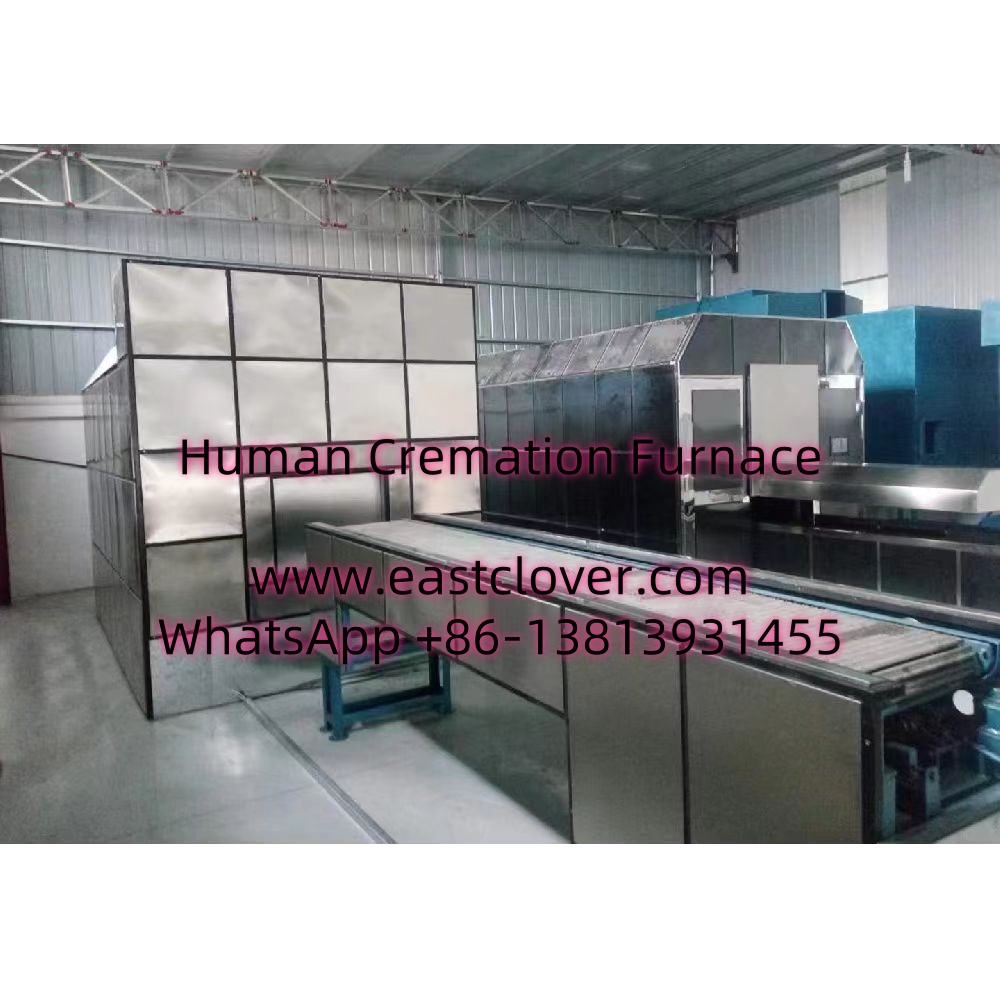Introduction
As urban populations grow, cities face mounting challenges in managing resources, space, and environmental sustainability. Traditional funeral practices, particularly burial, are becoming increasingly untenable in densely populated areas. Urban cremation furnaces, enhanced by artificial intelligence (AI) and automation, are emerging as a transformative solution. This news explores the technological advancements reshaping funeral services and their implications for modern cities.
The Rise of Urban Cremation Furnaces
Traditional burial practices require significant land use, contribute to soil contamination, and strain municipal resources. Urban cremation furnaces address these issues through:
- Space Efficiency: Compact designs enable integration into multi-functional funeral homes.
- Eco-Friendly Operations: Advanced filters reduce emissions, while energy-efficient systems minimize carbon footprints.
- Scalability: Automated processes allow higher throughput, essential for cities with high mortality rates.
AI and Automation in Cremation Services
1. Smart Process Control
AI algorithms optimize combustion temperatures and duration based on real-time data from IoT sensors, ensuring consistent results while reducing energy waste.
2. Predictive Maintenance
Machine learning models analyze equipment performance to predict failures before they occur, minimizing downtime and repair costs.
3. Personalized Memorialization
Automated systems integrate with family preferences to customize urn designs, ash-scattering ceremonies, and digital memorials through user-friendly interfaces.
4. Dynamic Scheduling
AI-powered platforms manage cremation timetables, coordinating with transportation networks and bereaved families to reduce delays.
Benefits of Smart Cremation Systems
- Environmental: 40-60% reduction in CO2 emissions compared to conventional cremation methods.
- Economic: Lower operational costs through energy savings and predictive upkeep.
- Social: Faster turnaround times ease emotional stress for grieving families.
- Data-Driven Insights: Aggregated metrics help city planners optimize funeral infrastructure.
www.southclover.com
The fusion of AI, IoT, and automation with urban cremation infrastructure represents a paradigm shift in deathcare management. These technologies not only solve practical challenges of space and sustainability but also create new possibilities for honoring lives in increasingly crowded cities. As adoption grows, smart cremation systems will likely become standard in urban planning, reflecting society’s evolving relationship with mortality and technology.
FAQs
Are AI-controlled cremation systems safe?
Yes. Multiple fail-safes and human oversight ensure process integrity, with sensors continuously monitoring all operational parameters.
How does smart cremation reduce costs?
Automated energy optimization cuts fuel expenses by 30-50%, while predictive maintenance avoids costly emergency repairs.
Can families customize services digitally?
Absolutely. Mobile apps allow families to select music, floral arrangements, and even virtual attendance options in real time.
What religions permit AI-managed cremation?
Most major faiths accept cremation, though specific practices vary. Many systems offer configurable settings to respect cultural traditions.
How are emissions monitored?
Continuous emission tracking systems automatically adjust filtration and report data to environmental regulators.

Comments are closed